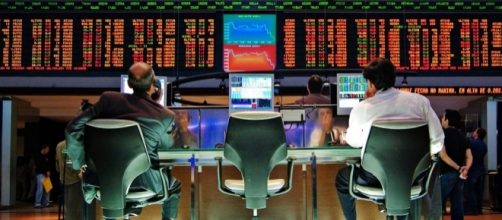Today's world of finance is looking pretty great. Donald Trump won the presidency, and ever since then, the Stock Market has been on a rapid uptick. The rise in the DOW has been so great, in fact, that it seems to hit a new record high almost every week. This looks great for investors, the American economy, and the global economy as a whole, but how long can it really last? Let's take a look at some of the factors contributing to the current bubble right now.
Warning Sign #1: Bitcoin and Ethereum.
Anybody who wants to see what volatility can look like should just look at the two cryptocurrencies.
Both Bitcoin and Ethereum have recently experienced massive increases in value, as the two ideas have slowly started to gain some acceptance across the globe. But in the past few weeks, that investor confidence has dwindled, as those who own the two cryptocurrencies are starting to sell their shares. In fact, Ethereum has lost more than 50% of its value in just one month, which would be completely insane for any stock. These cryptocurrencies certainly aren't stock, but they should have everyone worried about the potential volatility that could carry over into the stock market with negative repercussions.
Eerie Similarities to Past Bubbles.
We are once again in the middle of what appears to be a real estate bubble.
Anybody in the Real Estate business right now looking to buy property in a 1031 exchange is faced with what appear to be ludicrous prices. These prices are being propped up by a huge demand for them, as the government made it far easier, with lower interest rates, to finance the purchasing of one of these properties. But Fed chairman Janet Yellen can't keep the interest rate this high forever, so the demand for these real estate properties will eventually dwindle, pushing housing prices down, potentially creating a situation similar to the 2008 recession again.
The Fed's Bond Buyback Initiative.
When the market tanked in 2008, the Federal Reserve chose to purchase bonds in order to inject capital into the system and encourage investment.
Now that the economy has "fully recovered," it's time to do the opposite, which means dollars will be taken out of the system. Without dollars being pumped into the system, access to liquidity could be limited, and interest rates will go up, discouraging investment in the system.
If all three of these things do come to fruition, the US economy could be in serious trouble as investors and consumers lose faith in the economy and stop pumping money into it. Ultimately, the economy relies on faith, and without that, it will collapse, just like it did in 2008.

